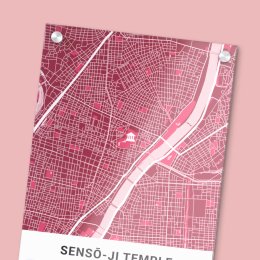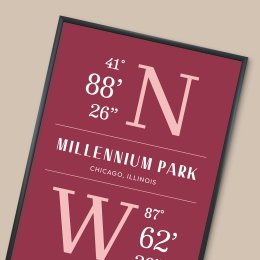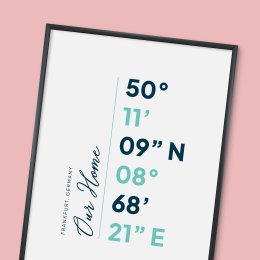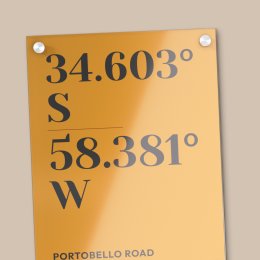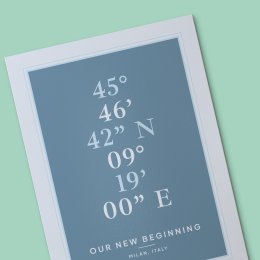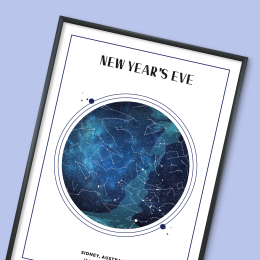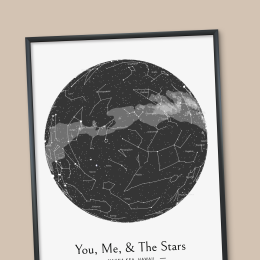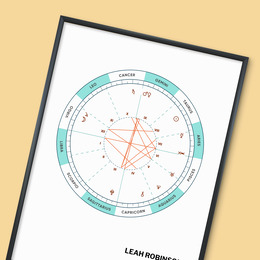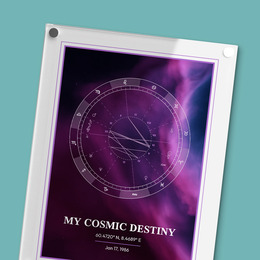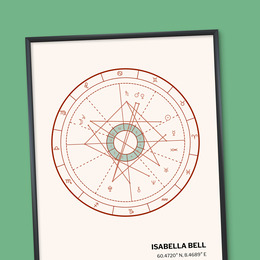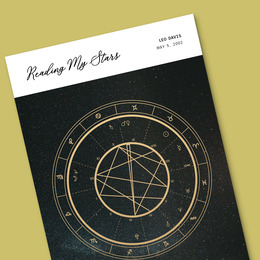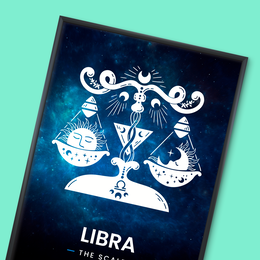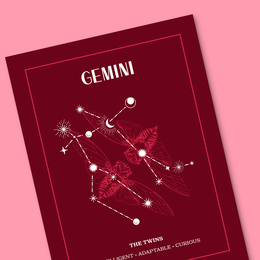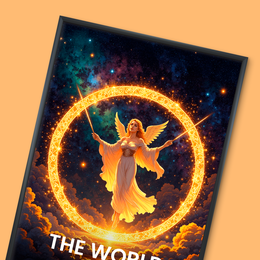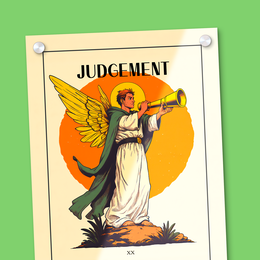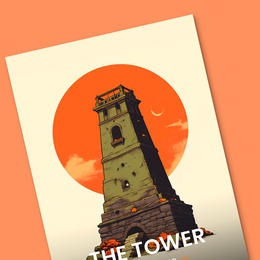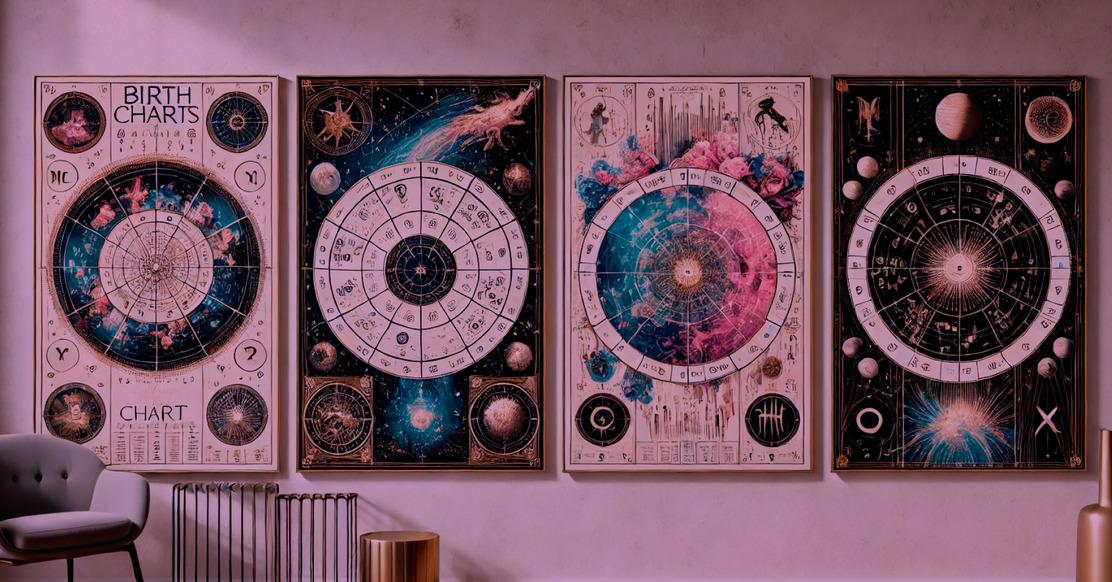
Astrology House Systems: Placidus, Topocentric, Whole Sign, & Equal House Explained
Astrology is a vast and intricate field, filled with tools that help interpret the influence of celestial bodies on our lives.
Among these tools are house systems—a framework for dividing an astrological chart into 12 segments, or houses, each representing different areas of life such as relationships, career, and personal growth.
These divisions play a pivotal role in tailoring interpretations to the individual, offering insights that can guide decisions and self-awareness.
However, not all astrologers agree on which house system to use.
While several systems exist, this article focuses on four key players: Placidus, Topocentric, Whole Sign, and Equal House.
Each system has unique methods, strengths, and applications, making it essential for both novice and experienced astrologers to understand their differences.
Astrological house systems act as the skeleton of a birth chart, anchoring celestial movements to specific life areas. With a diversity of options available, exploring these systems will deepen your connection to astrology, empowering you to make more informed interpretations.
By the end of this guide, you’ll have a comprehensive grasp of these systems and how to choose the right one for your natal chart print!
Understanding Astrology House Systems
Astrology house systems are methods for dividing an astrological chart into 12 sections, starting from the Ascendant (the zodiac sign rising on the eastern horizon at the time of birth).
Each house governs a specific domain of life, such as communication, family, or spirituality.
While the planets and zodiac signs describe what energies are at play, the houses reveal where these energies manifest in one’s life.
For instance, Venus in the 7th house may indicate harmony in partnerships, while Venus in the 10th house could point to a love of public recognition.
The choice of house system can significantly influence chart interpretations.
Some systems, like Placidus, divide houses unequally based on time, while others, like Whole Sign, assign equal sections to each zodiac sign.
These differences can alter the placement of planets and the emphasis on certain life areas, making house systems a cornerstone of personalized astrology.
Understanding the mechanics and philosophy behind each system allows for deeper engagement with astrological insights.
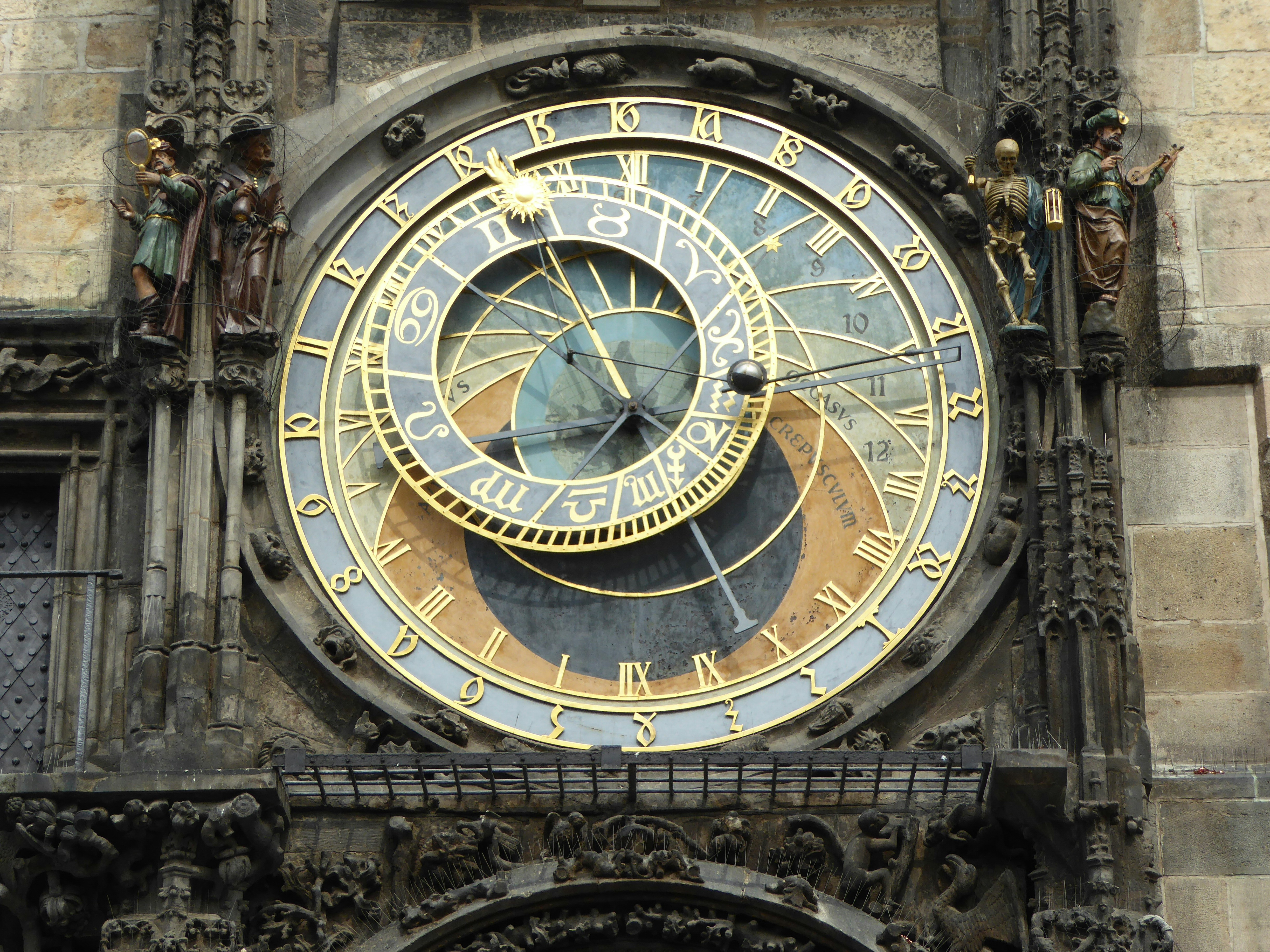
The Placidus House System
The Placidus house system is arguably the most widely recognized framework in Western astrology today.
Astrologers and enthusiasts alike appreciate its detailed precision, which reflects the individual’s unique relationship to time and space.
This system connects the observer’s earthly position with the celestial movements, emphasizing the interaction between planetary energies and specific life events.
Understanding the Placidus system requires delving into its historical roots and the sophisticated methodology that sets it apart.
History and Origin
The Placidus house system, rooted in the work of Placidus de Titis, emerged during the 17th century as an innovative approach to astrological chart division.
De Titis, an Italian mathematician and astrologer, sought to refine predictive astrology by incorporating mathematical precision.
His system gained widespread acceptance in Europe, eventually becoming the gold standard for Western astrology.
One of the primary reasons for its dominance was its inclusion in printed ephemerides, which made it more accessible to astrologers.
Additionally, the rise of astrology software in the 20th century cemented Placidus’ place as the default system for most practitioners.
The historical significance of Placidus lies in its attempt to merge celestial observation with terrestrial realities, creating a dynamic interplay between time, space, and human experience. Its enduring popularity highlights its adaptability and relevance across centuries.
How It Works
Placidus divides the astrological chart into 12 houses by calculating the time it takes for a specific degree of the zodiac to ascend over the eastern horizon.
This time-based method creates houses of varying sizes, reflecting the unequal distribution of daylight and the Earth’s curvature. This is particularly evident at higher latitudes, where daylight hours vary dramatically throughout the year.
The system’s core principle is rooted in planetary movement and its relationship to the observer’s geographic location.
This intricate calculation results in a chart that captures the unique rhythms of an individual’s life, offering detailed insights into personal timing and events.
By accounting for real-world phenomena such as the Earth’s rotation, Placidus provides a nuanced perspective that aligns celestial dynamics with human experience.
Strengths:
- Highly detailed, making it ideal for predictive astrology.
- Provides nuanced insights into personal timing, such as transits and progressions.
Criticisms:
- Ineffective near the poles, where houses can become distorted or even disappear.
- Complex to calculate manually, requiring modern software for accuracy.
Use in Modern Astrology
Despite its limitations, Placidus remains the most widely used system in Western astrology. Its precision and depth make it a favorite for interpreting individual life events and personal growth.
Placidus charts are especially valued for their ability to pinpoint specific turning points in life, offering practical guidance.

The Topocentric House System
The Topocentric house system represents a modern evolution in astrological thought, emphasizing precision and local relevance.
Developed with the aid of advanced mathematics, this system is highly favored by astrologers focused on rectification—the art of fine-tuning birth charts for accuracy.
Topocentric charts offer unique insights that align closely with real-world events, making them invaluable for predictive and event-based astrology.
With its roots in scientific rigor, the Topocentric system bridges the gap between traditional practices and contemporary advancements.
History and Development
Developed in the mid-20th century, the Topocentric system is also known as the Polich-Page system, named after its creators.
It builds on the principles of Placidus but incorporates more precise mathematical adjustments.
How It Works
Topocentric houses are calculated based on the observer’s exact geographic location. This results in greater accuracy, particularly for rectifying birth charts and timing events.
Strengths
- Offers precise results, making it valuable for rectification and predictive work.
- Accounts for the observer’s specific location, enhancing chart accuracy.
Criticisms
- Less popular and understood compared to Placidus.
- Requires exact birth data, making it less accessible for charts with missing information.
Applications
Topocentric astrology is often used by astrologers who specialize in fine-tuning birth times or exploring detailed transits. Its emphasis on precision makes it a powerful but niche tool.
For those who value exactitude, Topocentric charts offer unparalleled clarity, especially in event-driven interpretations.
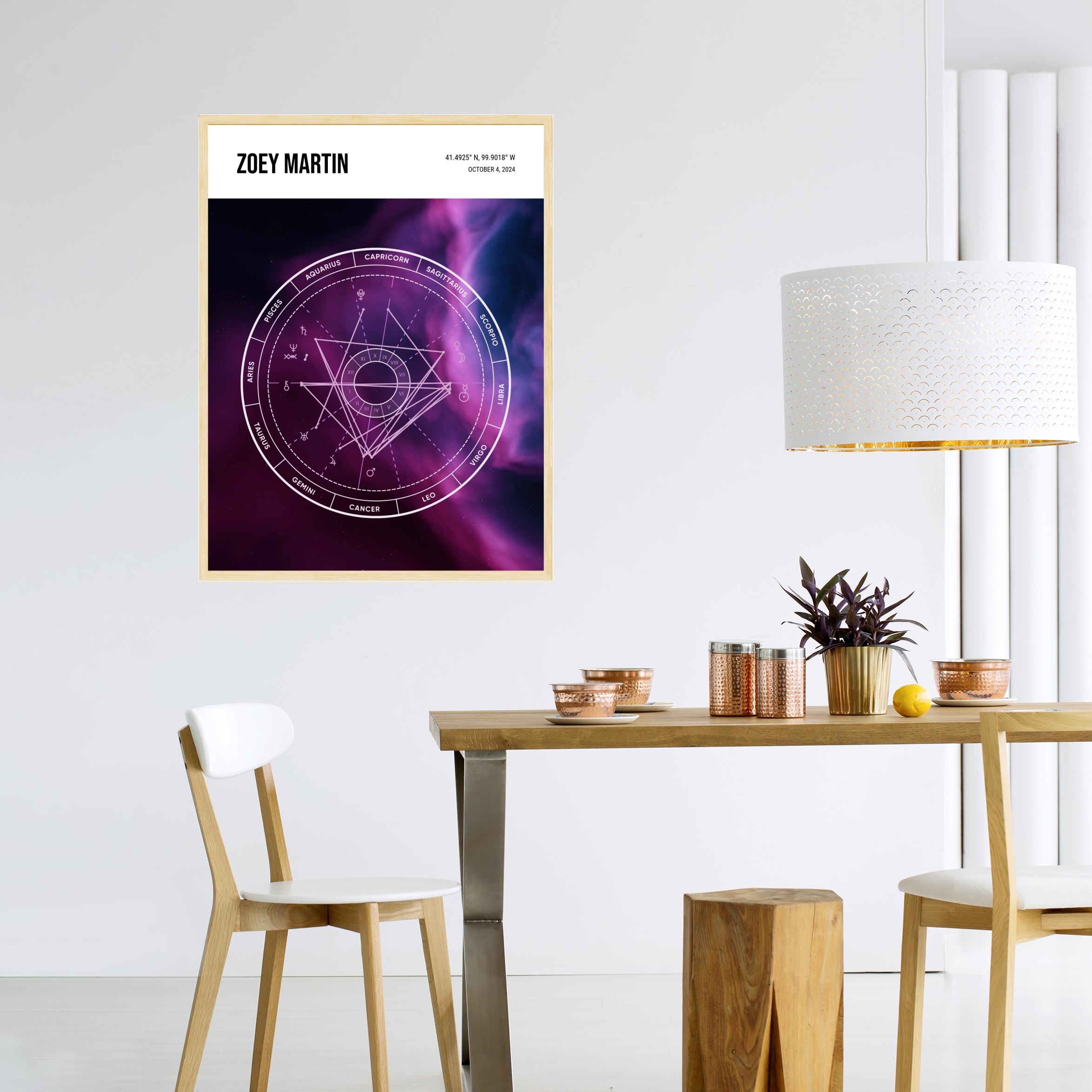
The Whole Sign House System
Whole Sign houses stand as a testament to the enduring wisdom of ancient astrology. This system simplifies chart interpretation by aligning entire zodiac signs with individual houses, making it highly approachable for beginners and traditional astrologers alike.
Its straightforward design allows practitioners to focus on overarching life themes without getting lost in the minutiae of house cusps or uneven divisions.
For many, the Whole Sign system bridges the gap between modern complexity and the symbolic clarity of ancient astrological traditions.
Historical Background
Whole Sign is the oldest house system, originating in Hellenistic astrology around 2,000 years ago. Rediscovered in the 20th century, it has gained popularity among traditional and modern astrologers alike.
How It Works
In Whole Sign, each zodiac sign corresponds to an entire house. The Ascendant marks the first house, and the houses progress sequentially through the zodiac.
Strengths
- Simplicity and clarity, making it easy to understand and use.
- Strong focus on overarching themes and life patterns.
Criticisms
- Lacks the detailed timing capabilities of Placidus or Topocentric.
- May feel less personal due to its broad approach.
Modern Usage
Whole Sign has seen a resurgence among astrologers who value its straightforward and symbolic nature.
It’s particularly popular in traditional astrology and for beginners exploring chart interpretation.
Whole Sign charts emphasize life’s big picture, allowing for thematic exploration without distraction from technical complexity.
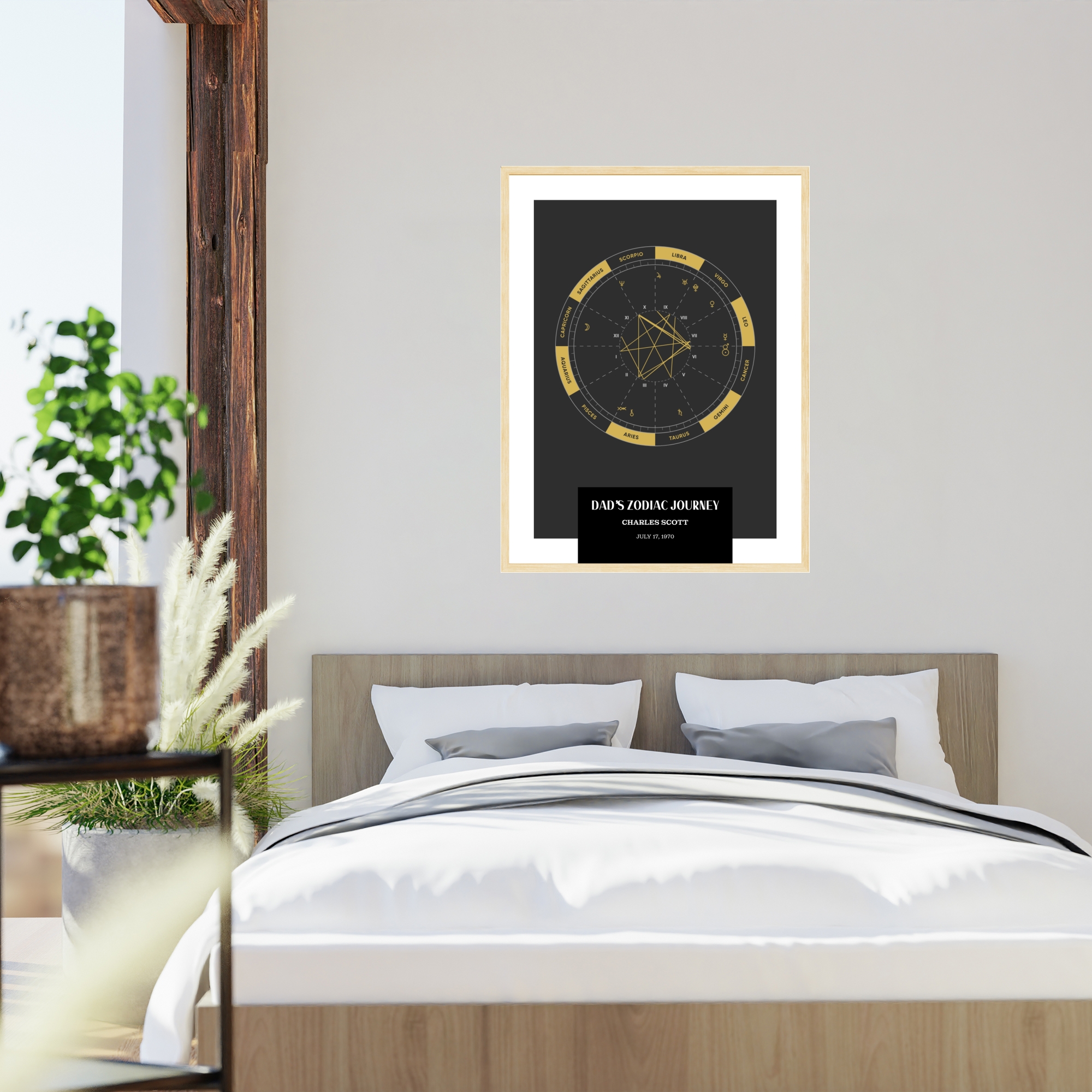
The Equal House System
The Equal House system is celebrated for its elegant simplicity, making it an appealing choice for both beginner and experienced astrologers.
By dividing the chart into 12 equal sections, this method removes the complexities of unequal house sizes and focuses on a uniform approach to astrological interpretation.
Many practitioners appreciate its balanced perspective, which emphasizes clarity and fairness across all areas of life.
This system aligns well with psychological astrology, offering insights into overarching life themes without overcomplicating the analysis.
Origins and Development
The Equal House system is one of the simplest and most intuitive methods, often attributed to the ancient Greek astrologer Ptolemy. It divides the chart into 12 equal sections, starting from the Ascendant.
How It Works
Each house is exactly 30 degrees, regardless of the curvature of the Earth or the observer’s location. This uniformity ensures consistency in interpretations.
Strengths
- Easy to calculate manually, making it accessible for astrologers without software.
- Provides a balanced perspective for general chart analysis.
Criticisms
- Oversimplifies the chart by ignoring the Earth’s curvature.
- May lack the nuance needed for advanced predictive work.
Contemporary Use
Equal House is favored by astrologers who value simplicity and prefer a balanced approach to chart interpretation.
It’s often used in psychological astrology for its focus on life themes rather than specific events. Equal House ensures an equitable view of life areas, making it a beginner-friendly option.
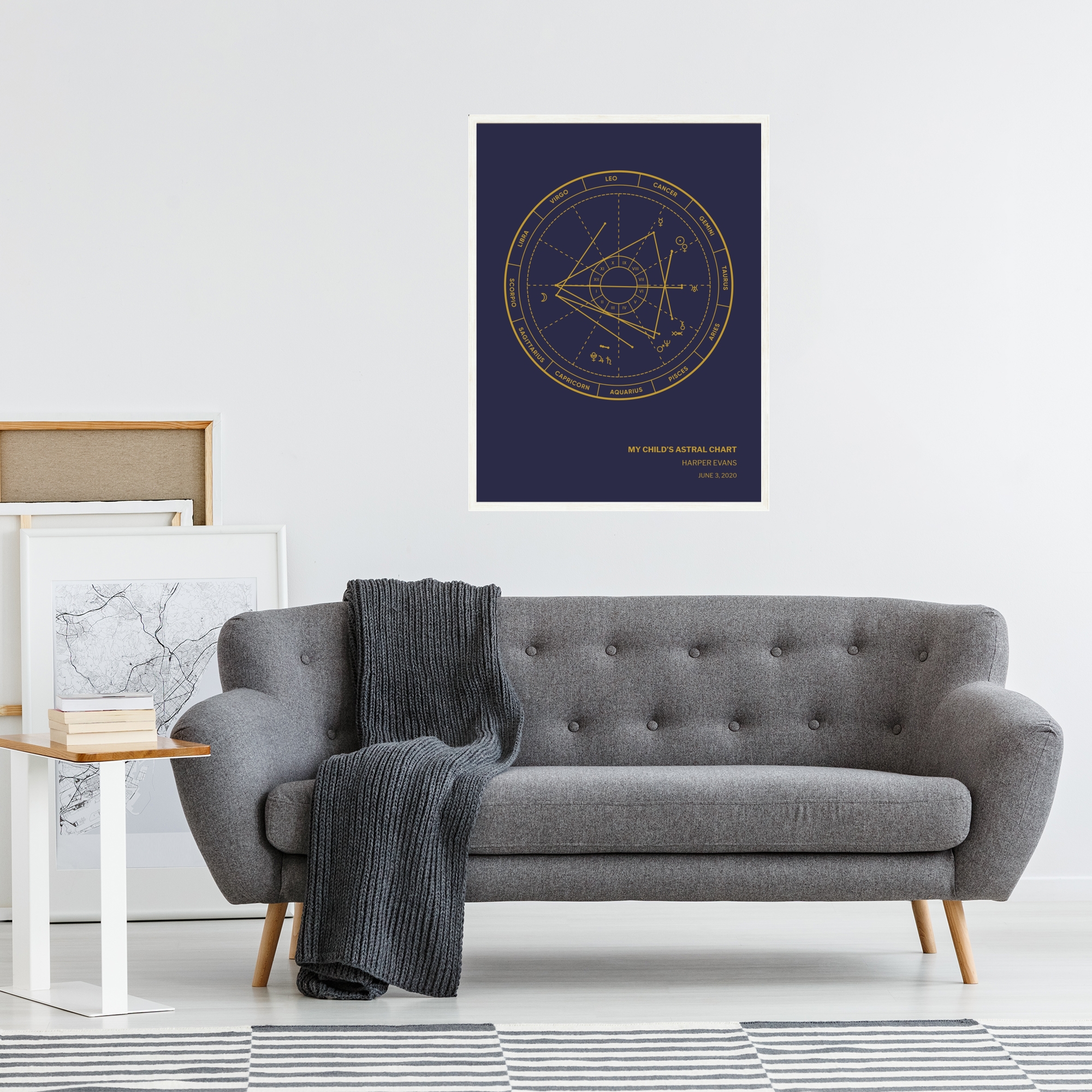
Comparing the Four House Systems
Before diving into the technical comparison, it’s important to recognize the unique philosophies underpinning these house systems. Each system reflects a distinct approach to interpreting the connection between the celestial and terrestrial realms.
While Placidus and Topocentric emphasize mathematical precision and individualized accuracy, Whole Sign and Equal House lean toward simplicity and thematic coherence.
This diversity allows astrologers to choose a system that resonates with their practice and the type of insight they seek.
|
Feature |
Placidus |
Topocentric |
Whole Sign |
Equal House |
|---|---|---|---|---|
|
Historical Origin |
17th century |
20th century |
Ancient Hellenistic |
Ancient Greek |
|
Calculation |
Unequal time-based |
Observer-specific |
Equal zodiac-based |
Equal 30-degree houses |
|
Strengths |
Detailed timing |
High precision |
Simplicity, symbolism |
Balance, accessibility |
|
Criticisms |
Distorts near poles |
Requires exact data |
Less detailed timing |
Oversimplified |
How to Choose the Right House System for You
Choosing the right house system depends on your goals and preferences as an astrologer. If you value detailed timing and precision, Placidus or Topocentric may be ideal.
For a more symbolic and thematic approach, Whole Sign offers clarity. Equal House provides balance and accessibility, especially for beginners.
Experimenting with different systems can reveal which resonates most with your practice.
Consider creating multiple charts with the same data but using different systems to see how the interpretations shift.
Astrology House Systems: What They Can Do For You
Astrology house systems are the foundation of chart interpretation, shaping how we understand the influence of celestial energies in our lives.
By exploring Placidus, Topocentric, Whole Sign, and Equal House systems, you can deepen your astrological practice and find the approach that best aligns with your goals.
Whether you prioritize precision, symbolism, or simplicity, each system offers unique insights that enhance the art of astrology.

